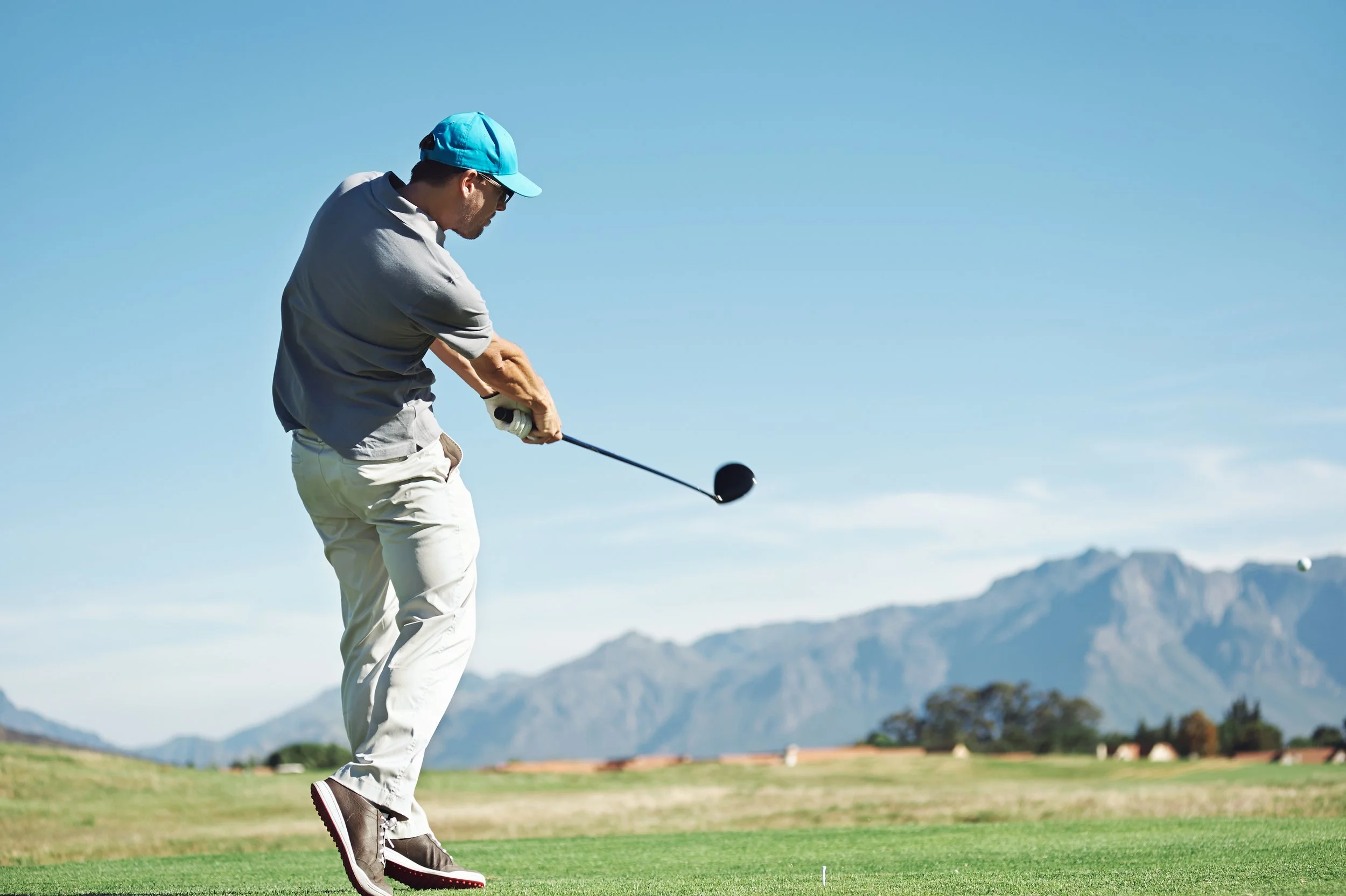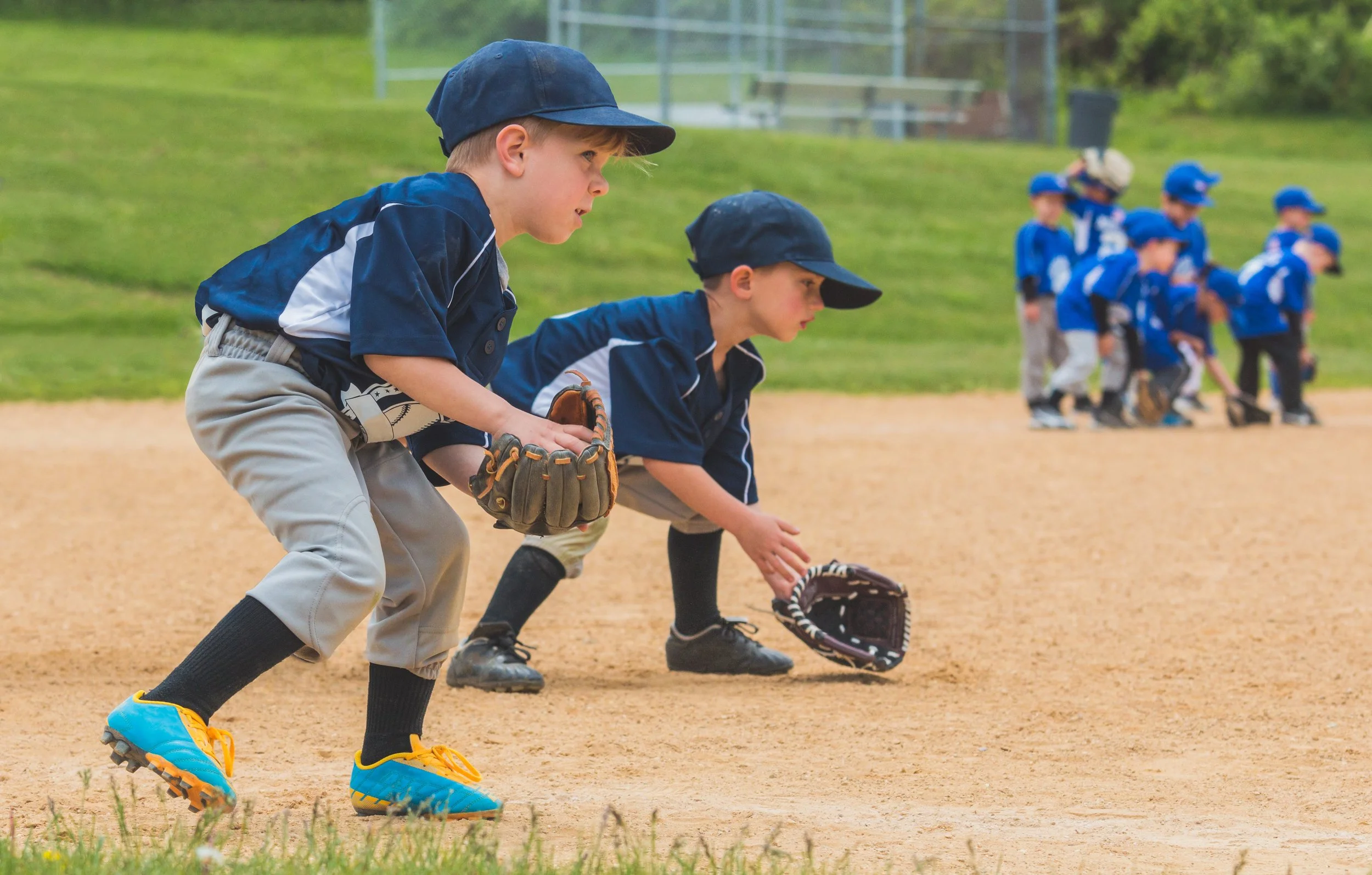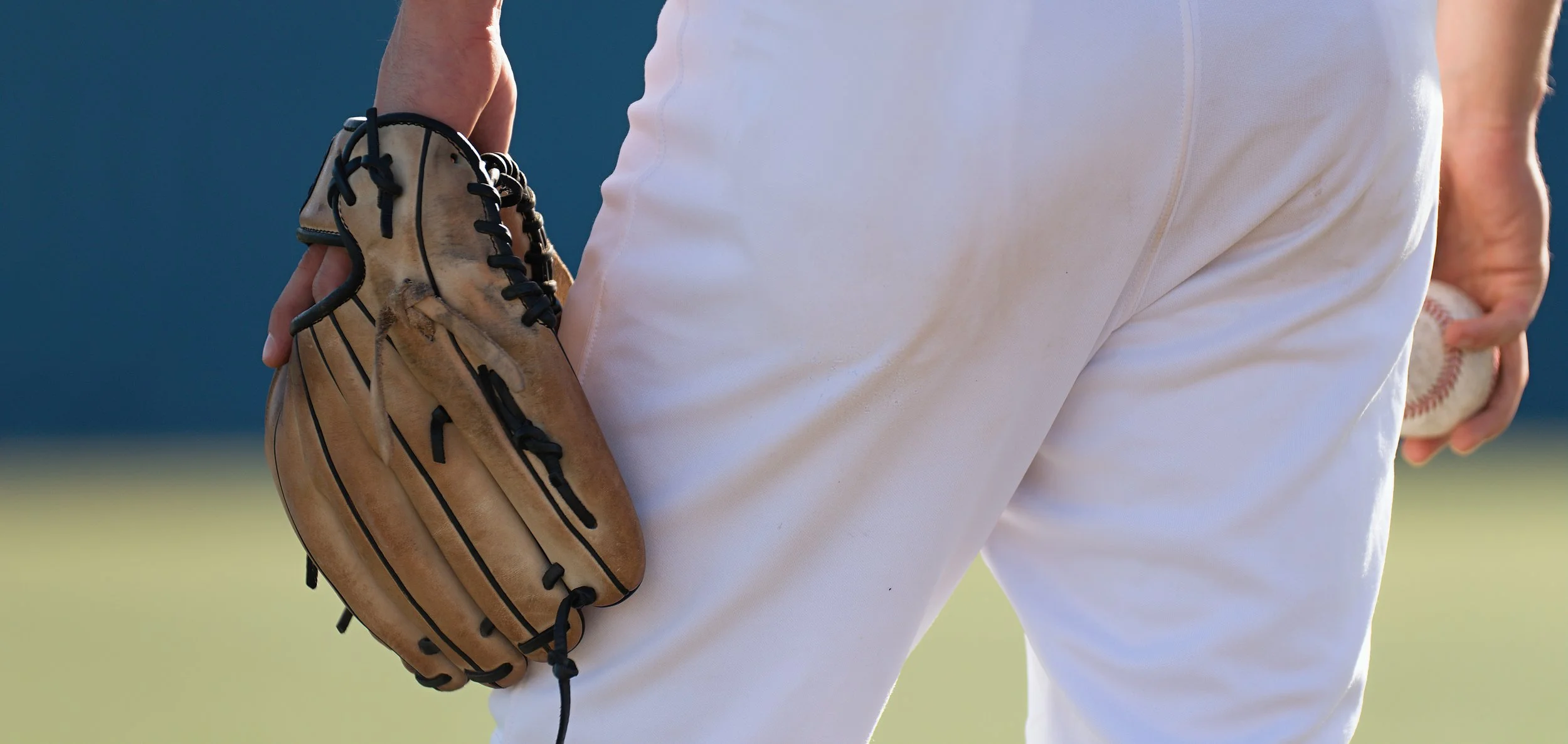While the game of golf has been around for several centuries, it hasn’t been til recently that the concept of a golfer training their bodies to help them with their sport has become more common. Since Tiger Woods took the game by storm almost 30 years ago, with his long drives and overall ability to dominate his competition, the world of golf fitness has also seen somewhat of an explosion. Now, golfers at almost all levels recognize that while working on their swing, chipping, and putting is important, it’s almost equally as important to put work into their bodies as well to ensure they can meet the demands of what today’s game asks of them. However, to the everyday golfer, there can still be a lot of uncertainty as to what training for the sport of golf looks like. This article aims to clarify that uncertainty and provide direction on how to dial in their gym sessions to help them on the course further.
Weighted Ball Training
Integrating weighted balls into a pitching routine can be an effective way to improve arm strength, velocity, and overall pitching performance. Here's a general guideline on how to incorporate weighted balls into your routine:
Consult with a professional: Before incorporating weighted balls into your routine, it's essential to consult with a pitching coach or a sports medicine professional who can assess your current abilities and provide guidance on the appropriate weight and progression for your specific needs.
Start with a warm-up: Begin your pitching routine with a thorough warm-up to prepare your muscles and joints for the increased stress of throwing weighted balls. Perform dynamic stretches, light cardio exercises, and arm-specific warm-up exercises to increase blood flow and flexibility.
Progress gradually: Begin with lighter weighted balls and gradually increase the weight over time. It's important not to start with weights that are too heavy, as this can lead to injury. A recommended progression might be to start with balls around 4-6 ounces and gradually increase to 8-10 ounces.
Focus on proper mechanics: Throughout your pitching routine, maintain proper pitching mechanics. The added weight of the balls may change the feel and timing of your delivery, so it's crucial to concentrate on maintaining a smooth and efficient motion. Work with a coach or use video analysis to ensure your mechanics are not compromised.
Incorporate specific drills: Use a variety of pitching drills that specifically target different aspects of your mechanics and arm strength. For example, you can incorporate long-toss drills with weighted balls to improve arm strength and distance, or use weighted balls during bullpen sessions to work on pitch command and velocity. However, ensure that you don't exclusively rely on weighted balls and include regular pitching with standard baseballs as well.
Pay attention to recovery: Pitching with weighted balls places increased stress on your arm and shoulder. Allow adequate time for recovery between sessions to avoid overuse injuries. Incorporate proper rest, stretching, and strengthening exercises for the shoulder and arm into your routine. Listen to your body, and if you experience any pain or discomfort, consult a professional.
Monitor progress: Track your progress over time by measuring factors like velocity, accuracy, and overall pitching performance. Keep a record of your pitching sessions and note any changes or improvements you observe. This feedback will help you make adjustments to your routine as needed.
Remember, integrating weighted balls into your pitching routine should be done carefully and progressively to minimize the risk of injury. Consulting with a professional and maintaining proper technique are crucial for safe and effective implementation.
Early Sports Specialization
Early Sport Specialization (ESS)
Before I explain why, lets briefly get on the same page with a definition for Early Sport Specialization (ESS). Typically ESS refers to year-round (for at least 8 months) intensive training or competition in an organized sport by young athletes (<12 years of age) while excluding all other sports.
Injury Risk
One of the most studied problems with early specialization is increased injury risk compared to peers. The biggest factor contributing to this increased risk was participation in any individual sport for greater than 8 months of the year3. This is especially true in baseball pitchers where pitching for more than 8 months per year was correlated with a 500% increase in risk for Tommy John surgery. (I discuss this and other risk factors for UCL injury in my blog “Minimizing the Risk for UCL Injuries in Throwers” *hyperlink). Across all sports there is an increased injury risk of 1.81 times in highly specialized athletes compared to their multi-sport peers5.
Weighted Ball Training
Integrating weighted balls into a pitching routine can be an effective way to improve arm strength, velocity, and overall pitching performance. Here's a general guideline on how to incorporate weighted balls into your routine:
Consult with a professional: Before incorporating weighted balls into your routine, it's essential to consult with a pitching coach or a sports medicine professional who can assess your current abilities and provide guidance on the appropriate weight and progression for your specific needs.
Start with a warm-up: Begin your pitching routine with a thorough warm-up to prepare your muscles and joints for the increased stress of throwing weighted balls. Perform dynamic stretches, light cardio exercises, and arm-specific warm-up exercises to increase blood flow and flexibility.
Progress gradually: Begin with lighter weighted balls and gradually increase the weight over time. It's important not to start with weights that are too heavy, as this can lead to injury. A recommended progression might be to start with balls around 4-6 ounces and gradually increase to 8-10 ounces.
Focus on proper mechanics: Throughout your pitching routine, maintain proper pitching mechanics. The added weight of the balls may change the feel and timing of your delivery, so it's crucial to concentrate on maintaining a smooth and efficient motion. Work with a coach or use video analysis to ensure your mechanics are not compromised.
Incorporate specific drills: Use a variety of pitching drills that specifically target different aspects of your mechanics and arm strength. For example, you can incorporate long-toss drills with weighted balls to improve arm strength and distance, or use weighted balls during bullpen sessions to work on pitch command and velocity. However, ensure that you don't exclusively rely on weighted balls and include regular pitching with standard baseballs as well.
Pay attention to recovery: Pitching with weighted balls places increased stress on your arm and shoulder. Allow adequate time for recovery between sessions to avoid overuse injuries. Incorporate proper rest, stretching, and strengthening exercises for the shoulder and arm into your routine. Listen to your body, and if you experience any pain or discomfort, consult a professional.
Monitor progress: Track your progress over time by measuring factors like velocity, accuracy, and overall pitching performance. Keep a record of your pitching sessions and note any changes or improvements you observe. This feedback will help you make adjustments to your routine as needed.
Remember, integrating weighted balls into your pitching routine should be done carefully and progressively to minimize the risk of injury. Consulting with a professional and maintaining proper technique are crucial for safe and effective implementation.
Kids and Curveballs?
Chances are that you have heard the term Little League elbow. Most have encountered
it in the media, during youth playing days, or from their own children. As a medical
provider specializing in youth throwing and overhead athletes (baseball, softball, tennis,
etc.), I’d like to provide some clarity around something that is commonplace yet poorly
understood. This article answers the questions: Should Kids Throw Curve Balls in Little League?
Baseball Pre-Season
As we approach early March, it may seem difficult to believe, but baseball and softball season is rapidly approaching. Before you know it, the local diamonds will be full of kids, teens, and so on, playing the game they love. With the excitement of the beginning of the season looming, a common question that may come up for parents is “How can I get my child ready for this upcoming season?” This can be a particularly difficult thing to navigate for parents and children alike as there are many opinions they can get from coaches, teammates, doctors, and so on. The goal of this article is to provide a clear set of principles that parents and coaches can use to guide their child’s preparation for this upcoming spring.
Thoracic Outlet Syndrome
In the baseball world, the most common injuries sustained by the throwing arm are well publicized. Rotator cuff and labral tears as well as Tommy John surgery have gotten a lot of focus over the years as major potential risks throwing athletes face as they continue their athletic careers. One of the less commonly discussed injuries which can nevertheless have serious implications is thoracic outlet syndrome. Thoracic outlet syndrome (TOS) is a unique condition which many baseball athletes have experienced at some point in their careers. This article will discuss what thoracic outlet syndrome is, how it can impact a throwing athlete’s career, and what can be done to treat it.
Early Sports Specialization
Early Sport Specialization (ESS)
Before I explain why, lets briefly get on the same page with a definition for Early Sport Specialization (ESS). Typically ESS refers to year-round (for at least 8 months) intensive training or competition in an organized sport by young athletes (<12 years of age) while excluding all other sports.
Injury Risk
One of the most studied problems with early specialization is increased injury risk compared to peers. The biggest factor contributing to this increased risk was participation in any individual sport for greater than 8 months of the year3. This is especially true in baseball pitchers where pitching for more than 8 months per year was correlated with a 500% increase in risk for Tommy John surgery. (I discuss this and other risk factors for UCL injury in my blog “Minimizing the Risk for UCL Injuries in Throwers” *hyperlink). Across all sports there is an increased injury risk of 1.81 times in highly specialized athletes compared to their multi-sport peers5.
Protecting Pitchers Elbows
Minimizing the Risk for UCL Injuries in Throwers
The Biomechanics of the baseball throw:
Baseball fans thrive on interesting facts and statistics, but out of all of these facts, the science behind throwing a baseball has to be the most fascinating. The way that an elite athlete’s body can act as a coiled spring, transmitting the necessary forces to turn a baseball into an eye-blur is truly awe-inspiring. During the throw the elbow functions as a hinge joint, going through rapid extension at about 2400°/s for a professional pitcher. (Which is the equivalent of saying that in 1 second the arm could whip around 360° nearly 7 times). Accelerating to this incredible speed places a force on the Ulnar Collateral Ligament (UCL) of your elbow reaching 64Nm (nearly 50lbs).4 Not surprisingly, there is some fallout over time due to the transmission of this high force.













